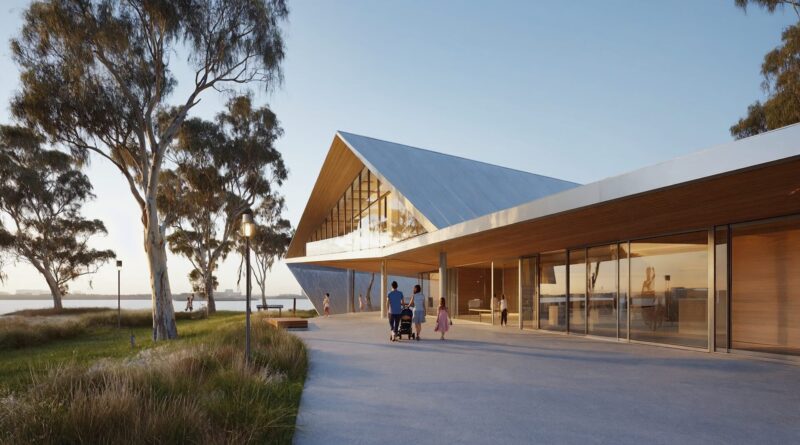
Adult Change Facilities Australia
Adult Change Facilities in Australia — Inclusive Toilets & Changing Places Locations
Adult change facilities (often called Changing Places or Accessible Adult Change Rooms) provide larger, fully equipped toilets designed for people with high support needs who can’t use standard accessible toilets. These spaces include adult‑sized changing tables, hoists, privacy screens, and extra circulation space.
Toilet Finder ·
Accessible Toilets ·
Changing Places Overview ·
Near Me ·
Locations A–Z
What is an adult change facility?
- A fully accessible public toilet designed for users who require personal assistance.
- Fitted with an adult‑sized height‑adjustable change table, ceiling or mobile hoist, privacy screen, and wide door access.
- Available in key civic sites, transport hubs, recreation centres, shopping precincts, and major parks.
- Usually separate from or adjacent to standard accessible toilets.
Why they matter
- They enable safe toileting and personal care for people with high support needs, their families, and carers.
- Increase inclusivity across public venues, events, and travel corridors.
- Reduce the need for unsafe lifting or changing on floors in unsuitable facilities.
- Allow longer, safer community participation for visitors with disabilities.
Finding adult change facilities
Use Accessible Toilets or Near Me to locate facilities tagged as “adult‑change” or “Changing Places.” Each listing typically indicates availability of hoists and change tables.
External directories may also help identify officially certified Changing Places facilities, but Toilet Finder integrates location data from verified local councils and national datasets where available.
Facilities typically include
- Electric, height‑adjustable adult‑sized change table
- Ceiling or mobile hoist system (sling compatibility varies)
- Privacy screen or curtain
- Fully accessible sink and toilet with grab rails
- Wide door and turning space for large wheelchairs
- Emergency call button or alarm
Where to find them
New South Wales
- Sydney Olympic Park (multiple venues)
- Parramatta River Precinct — Parramatta Park & foreshore areas
- Major regional centres — Newcastle, Wollongong, Tamworth
Victoria
- Melbourne CBD — Federation Square, Queen Victoria Market, Southern Cross Station
- Regional cities including Geelong, Bendigo, Ballarat, and St Kilda foreshore
Queensland
- Brisbane South Bank precinct
- Gold Coast — Broadbeach & Surfers Paradise visitor centres
- Sunshine Coast — select beaches and town centres such as Noosa
South Australia
- Adelaide Riverbank precinct
- Glenelg foreshore and regional civic spaces
Western Australia
- Perth Cultural Centre and Elizabeth Quay
- Major community hubs across Fremantle & Joondalup
Tasmania
- Hobart waterfront precinct
- Launceston city park / transit area
- Freycinet regional visitor facilities
Northern Territory & ACT
- Darwin waterfront and foreshore precincts
- Canberra City Interchange, main venues, and parklands
Accessibility notes
- Some facilities require a universal MLAK (Master Locksmiths Access Key).
- Emergency buttons connect to on‑site or council response lines.
- Use signage icons showing a hoist and change table to identify certified spaces.
- If visiting a regional area, contact local councils before travel to confirm operating hours and access key requirements.
Safety & hygiene
- Always bring your own hoist sling if required — facilities generally do not supply them.
- Use disposable bench covers or personal mats for best hygiene practice.
- Report faults or damage to local authorities via contact details shown at each facility.
Planning toolkit
- Search Near Me when travelling between towns to plan stops.
- Download or bookmark accessible maps for your state.
- Combine with Accessible Beaches and Travel & Road Trips pages for inclusive trip planning.
Related pages